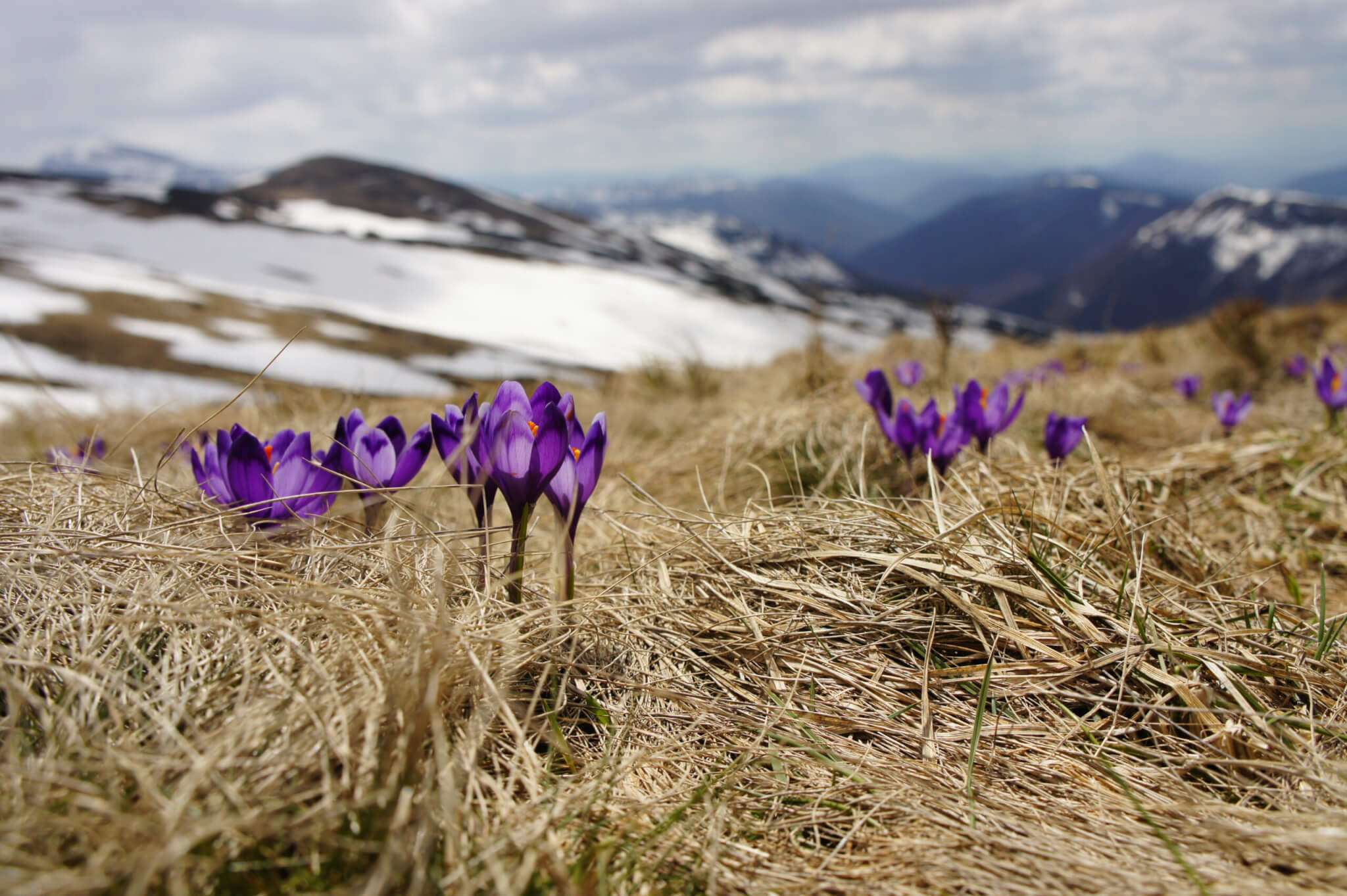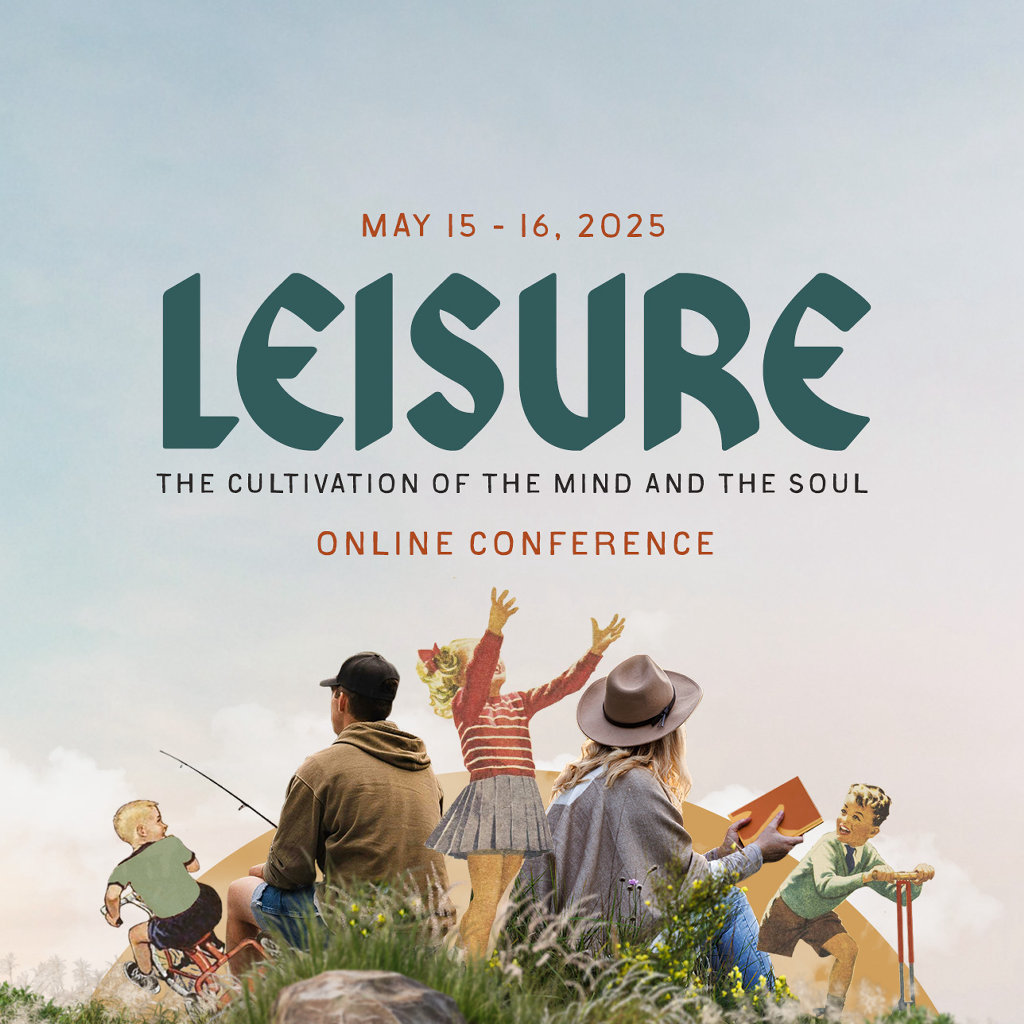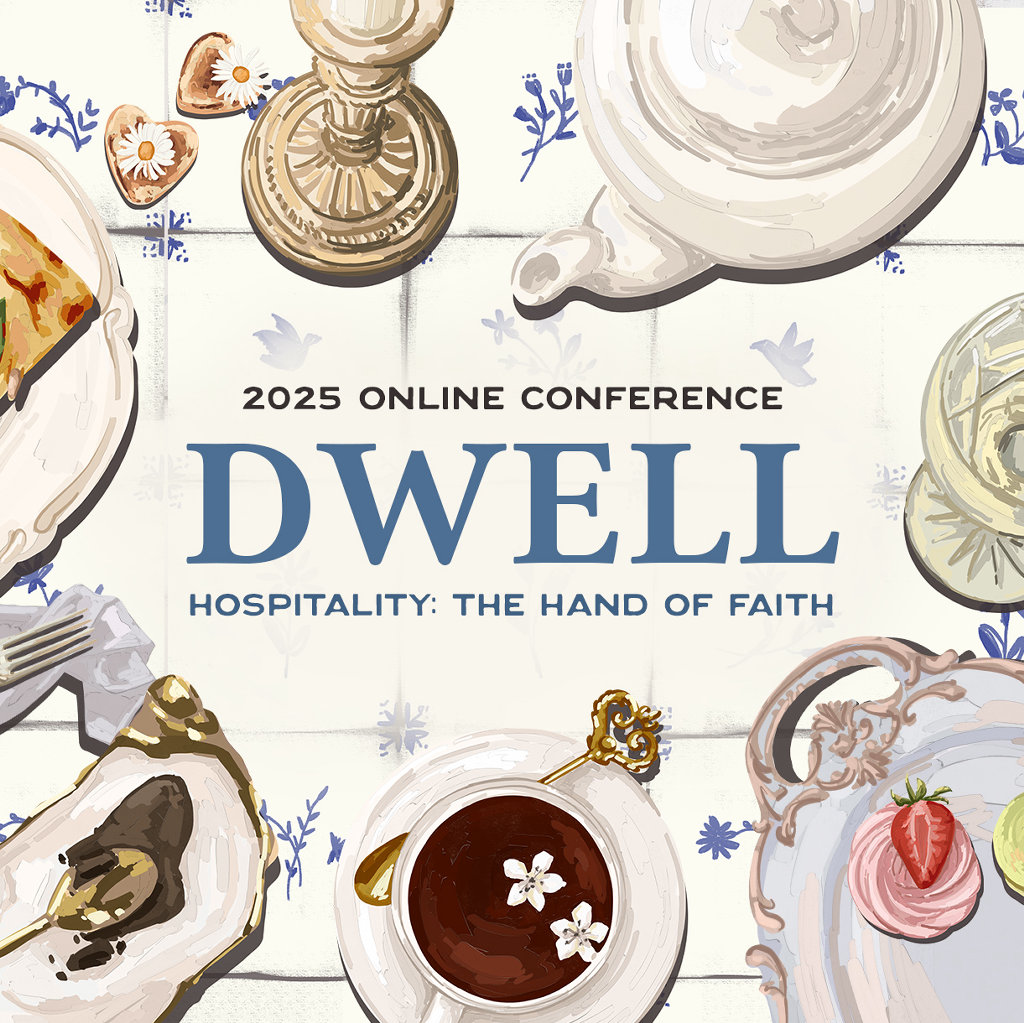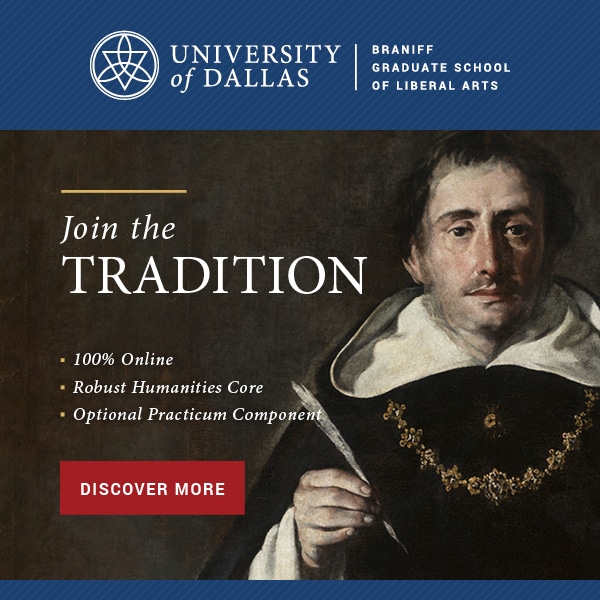Chiaroscuro: A Contemplation for Holy Week
The dance of creation is resplendent with the pattern of chiaroscuro and with the musical motif of sorrow transforming into a melody of joy

Chiaroscuro is a term from art that means “light-dark”—a technique of using strong tonal contrasts to represent forms in painting. Think about Rembrandt’s works and his use of distinctive areas of darkness and radiant light. The light appears all the brighter because of its juxtaposition with darkness.

During this time of year, we enter this rhythm in natural but complex ways. The natural world around us is awakening from the death of winter into the glories of springtime. Bare trees are coming alive with leaves, perennials are poking up through the earth, the Lenten roses are in bloom, and I cannot help but think of the Dylan Thomas line, “The force that through the green fuse drives the flower.” The earth is awakening after the slumber of winter. Our creator God reminds us that life comes after death, or as Martin Luther said, “Our Lord has written the promise of the resurrection, not in books alone, but in every leaf in springtime.”
In Genesis 1, God speaks creation, and He does so into the darkness over which the Spirit is brooding. His words—His song—bring light. In this, He has established a pattern. Each day of creation is described as “there was evening and there was morning.” The cycle of each day begins in the evening—the dark—and moves into the light of a new day. Darkness is contrasted with light; light swallows up the darkness.
We see this pattern in food and meals. In order to sustain life, death must occur. Every meal we eat is a reminder that something, either plant or animal, was once alive but is no longer. The life that flowed through its cells is now bringing life to our own bodies—no wonder Christ instituted the new covenant in a meal. His body and His blood are our bread and wine. Or as George Herbert wrote in “The Agony:”
Love is that liquor sweet and most divine,
Which my God feels as blood; but I, as wine
Every meal is a constant reminder of the Last Supper—the last meal of Christ on earth before His death. And every meal is a constant reminder of the great celebration of the Marriage Supper of the Lamb—the glorious feast of Christ and His Bride. Both death and life are woven into our daily food.
The theme of hopelessness turning into rejoicing, of weeping that lasts for the night before the joy that comes in the morning, forms the basis of fiction and story. If we did not feel the peril and potential loss of the knight as he battles the dragon, we would also not feel the thrill of the victory over what seemed to be hopeless. A hero that nonchalantly and easily dispatched dangers and foes would not stir the imagination, the blood, or our concern. In fact, he comes off looking a bit like a bully. His light does not shine brightly because the darkness is not deep and seemingly impenetrable.
Becoming more like Christ in the daily process of sanctification is a series of deaths—death to self, my dreams and desires, my comfort, my time. Our example is Christ who did not consider equality with God a thing to be grasped but made himself nothing. Clement of Alexandria wrote that “for the sake of each of us He laid down His life—worth no less than the universe. He demands of us in return our lives for the sake of each other.”
After Adam and Eve sinned, death ravaged the whole earth. But God said that death would not have the last word—that one day life will overcome death (Genesis 3). This idea is woven into the fabric of the cosmos: in nature; in cultures and nations; in persons and relationships; in stories both epic and simple, sacred and profane. It is true even in the food we eat. This theme is our life and liturgy, the Word and Sacrament, the life, death, and resurrection of Jesus Christ.
As we move through Holy Week, we walk through the Last Supper, the Garden of Gethsemane, betrayal, the crucifixion, the silence of Saturday, and the glorious Resurrection day. We engage the passion story at the time of year that the earth is awakening to spring. We engage the sacrifice of Christ in the meals we eat—from the celebration of communion to the breaking of fasts to the Easter day feast. We engage the making of all things new as the curse of Adam is redeemed in the death and resurrection of the second Adam. We engage the substitution of Christ in embracing the practice of my life for yours. We see the contrast, the chiaroscuro, of darkness and light and of death to life.
The dance of creation is resplendent with this pattern and with the musical motif of sorrow transforming into a melody of joy. God has interwoven this idea as endless varieties in the world He has made but there is no greater convergence of this theme than in the glory and joy of walking from Good Friday and the peril and hopelessness of the cross to the glory Easter morning and the rising sun of the resurrection. This year, join in the dance from death to life and the darkness is displaced by the dawn.








